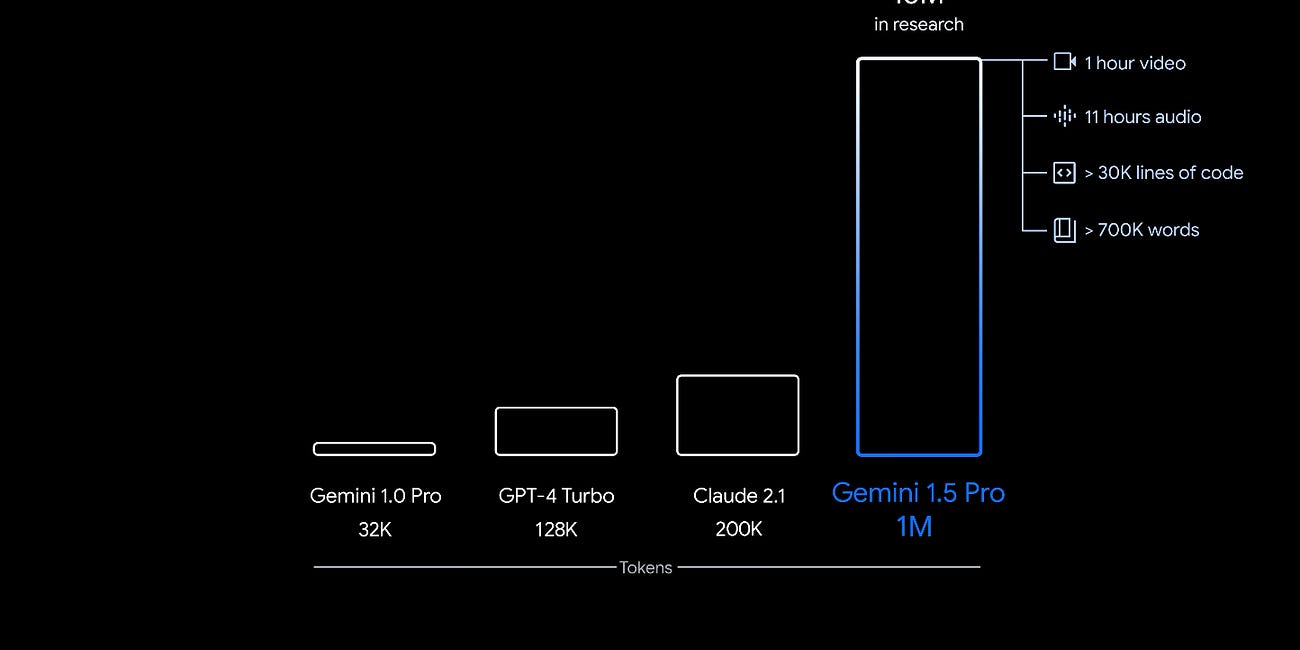Three of Four Businesses Have at Least One Generative AI Solution According to a New Study
MIT Technology Review report identifies adoption maturity,enables, and barriers
A newly published study from MIT Technology Review found that 76% of businesses had conducted at least one trial with generative AI as of the end of 2023. Only 6% said they had no plans to use generative AI, while another 18% plan to use the technology but have not yet started. Nearly half are using the technology for specific use cases or are using it broadly today.
The survey of 300 executives was comprised of 70% C-suite and 30% VP or director level, and 70% of the total were technology executives. Participants work in the financial services, banking, insurance, consumer packaged goods, retail, manufacturing, automotive, technology, telecom, energy, and media. According to the report:
A global study by MIT Technology Review Insights (MITTR) has found that while most businesses are seeking to disrupt their industries using generative AI, only a small proportion believe they have the right level of technology and other attributes such as funding, culture and skills to support its rapid adoption.
Those with the most experience of rolling out generative AI have even less confidence in their IT, suggesting many businesses underestimate the requirements for its effective deployment. This implies their plans to be disruptors—rather than the disrupted—may well flounder over problems that many respondents appear not to appreciate fully.
Adoption Barriers
The data show a technology with unusually swift adoption. The breakdown by adoption phase also aligns with Synthedia’s market research. Generative AI solutions have proven to be easy and fast to pilot but complex to scale into production. Proof of concept (POC) implementations typically show materially positive impacts for simple tasks and at moderate scale and scope. However, data readiness, governance, talent scarcity, and other factors have quickly emerged as key barriers to adoption.
Comments by Accenture’s CEO and Synthedia’s market research confirm these issues are slowing generative AI adoption. Note that many people have been vocal that the tendency of large language models (LLM) to be inaccurate presents a significant risk to adoption. While hallucinations are a common problem with LLMs, 29% of executives said that their data was not ready and/or inaccurate. In practical terms, there may be a higher likelihood of generative AI solution inaccuracies driven by out-of-date data sources than hallucinations.
Synthedia knows of a retail example where the generative AI bot was providing information on a product that launched more than two years ago instead of the more recent upgrade. This was not a hallucination. It was support documentation that included up-to-date information but also included legacy information that is no longer relevant. Outside of the IT domain, regulatory compliance, data privacy, and budget limitations were cited as the most significant adoption barriers.
Because of these factors, generative AI has a mixed scorecard of enterprise success to date. The POCs typically point to strong benefits, but fully capturing those benefits can be challenging.
Impact
Executives are optimistic about generative AI adoption. Over three in five suggested they expect generative AI to “substantially disrupt our industry over the next five years.” This has led most executives to view the technology as a competitive opportunity more so than a threat.
Applications
The first applications most organizations are tackling with generative AI are repetitive tasks. Not only is this the biggest reported use case category, but it is by far the most likely type of solution already in development or use.
Customer service and strategic analysis are the next most common use cases. However, they are far less likely to have started in 2023 but represent the most popular use cases moving into 2024.
Anthropic Says it Just Dethroned GPT-4 from Atop the Frontier Generative AI Model Rankings
Anthropic’s Claude 3 model family launched today, along with data suggesting it is the first large language model (LLM) with superior performance to OpenAI’s GPT-4 across ten public AI model benchmarks. The product introduction includes the Opus, Sonnet, and Haiku models in descending order of performance and cost. Presumably, this also represents model…
Google Goes Big on Context with Gemini 1.5 and Dips Into Open-Source with Gemma
Google has been busy well beyond fixing the system prompt issues for Gemini image generation. Gemini 1.5 is not just an upgrade of the Gemini model. It’s an entirely new model architecture. It arrives with a baseline 128k context window. However, Google is stressing that it has an eye-popping one million token context window currently being evaluated by…












